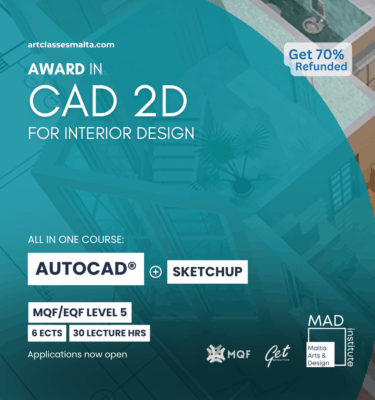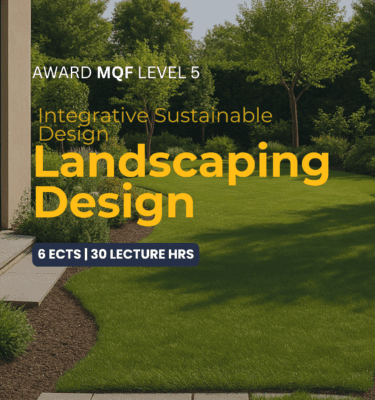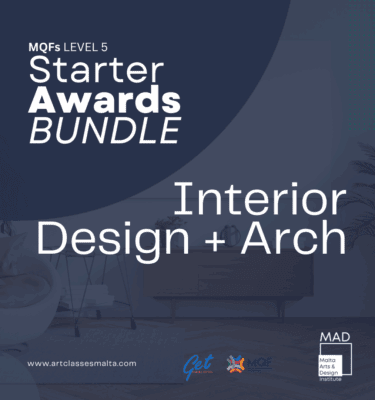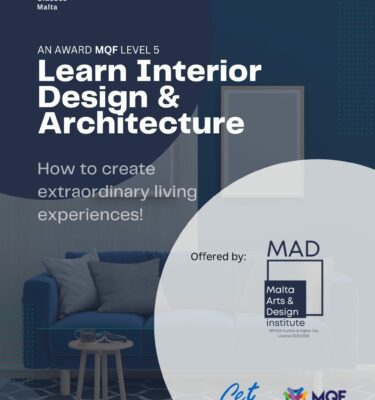Lessons 1 & 2: New media, culture & technologies
Design influences and is influenced by culture, and communicates ideas through a variety of media and technology. So what encapsulates the spectrum of graphic design? Where did it come from? And where it is going?
We will be discussing these areas as well as personal ideologies such as – what
graphic design means to you? Where do you want to be in the near future? How can you take steps towards it from now?
Finally we will take a look at some software & media options to find the one which is best suited to you, and how you will use it throughout this course.
All progress will be written and kept in a visual journal which we will also see some examples of.
Lesson 3: Creative processes & creative thinking
As a designer you will constantly be asked to come up with creative solutions to problems on the spot, rather than waiting for inspiration to hit randomly. This is why it is valuable to understand the theories behind creative thinking, where we will explore useful tools to help thinking and problem solving in a lateral way, finishing with a group workshop to use these tools first hand.
Lesson 4: Marketing & advertising design
Marketing and advertising is all around us, we are constantly being bombarded with white noise of endless marketing and advertising. Weather you are interested in specializing in this field or not, you will regardless be using these forms of design either in your own personal ventures or your client’s at some point or an other. This doesn’t have to be what you imagine the topic to be in a conventional sense though, and in this section we will explore various ideas which confirm and challenge our preconceptions.
Lessons 5 & 6: Photo-montage
Graphic design is sometimes about taking existing ingredients and creating
something new from them – images, fonts, colours, logos: many-a-time they already exist and our job is to make something new from them. Photo-manipulation and photo-montage do just that, and through a stack of old magazines and mixed media workshop we will familiarize ourselves with some fundamentals of image creation such as layering, copying, empty/negative space, perspective, scale, repetition & symmetry. We will also get to create a more planned project, with individual guidance and critique.
Lessons 7-8: Lens-based media
After using existing images we are now ready to learn fundamentals about how images and moving images are created from planning to shooting to editing. We will also understand what makes a good image, and expose ourselves to how designers, photographers, videographers and directors make the best use of this medium in their works.You will also be given a task for class discussion and critique.
Lessons 9-10: Design structure
No matter how simple the design, it is the unseen construction behind it which separates the good from the great; namely a solid understanding and execution of Grids, Hierarchy & Composition. We will also explore more universal theories such as Golden Ratios and Rule of thirds through classical and modern examples, and finally, after we have learnt the rules we will explore how to break them. We will experiment with these theories hands-on through a structure workshop and individual task for class discussion and critique.
Lessons 11-12: Colour theory
Any visual artform requires some sort of basic knowledge in colour theory, and graphic design is no different. We will take a look at the physical aspects of colour, the social connotations, examples of noteworthy colour combinations as well as the technical aspects most faced by graphic designers such as Pantones, cmyk & rgb.
We will also experiment in a workshop with your chosen application / medium with individual critique.







